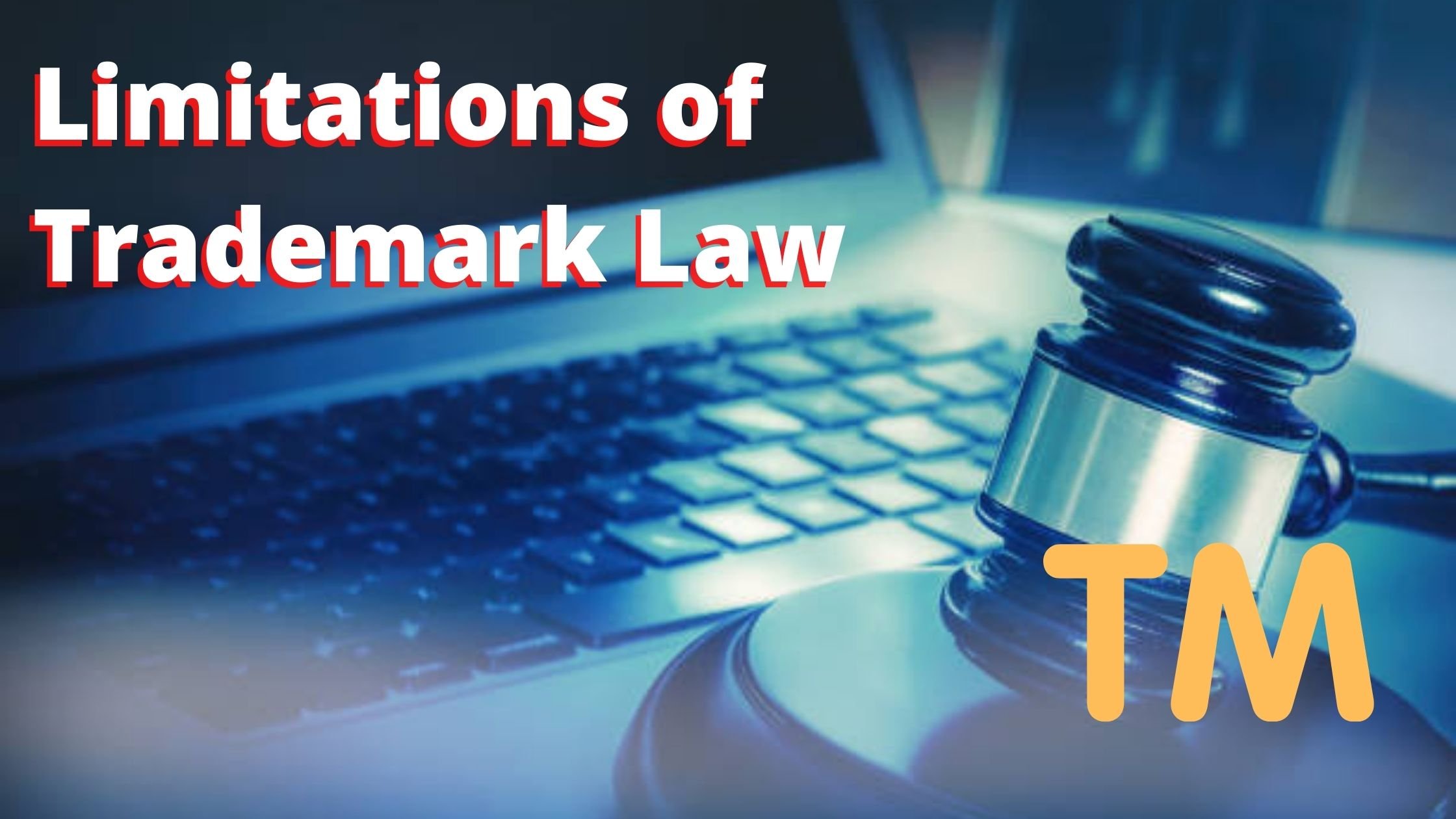What are the Limitations of Trademark Law
The Trademarks Act 1999, in two ways, covers well-known trademarks: action against the registration of identical marks and action against the abuse of well-known marks. Although it can offer many benefits and privileges to have a trademark, it is subject to certain restrictions. The limitations exist because of the limitations inherent in the design of the trademarks.

The Trademarks Act 1999, in two ways, covers well-known trademarks: action against the registration of identical marks and action against the abuse of well-known marks. Although it can offer many benefits and privileges to have a trademark, it is subject to certain restrictions. The limitations exist because of the limitations inherent in the design of the trademarks.
If the product or service falls under several classes, the trademark must be licensed in all such classes by the applicant. Otherwise, a similar brand name may be registered in other groups by others. If the brand name is unique, it can be applied in a multi-class application. And if not then it is easier to extend it to all groups separately.
Limitations of Trademark Law
There are four major limitations of trademark law i.e.
-
Functionality and design
-
Geographical
-
Limitation on equal use
-
Import limitation
-
Functionality and design limitation
The very realistic about what can be trademarked and what cannot cause this restriction. This restriction means that the product must be non-functional; that is, there must be no intent or feature for it. A pen design may be trademarked, for example, but if there is a special aspect of a cushion grip or other practical design that improves usability, it cannot be trademarked because organizations can use it to prevent competition by registering functional elements and pursuing a competitor's trademark rights.
-
Geographical Limitation
Territorial is a trademark. When determining in which countries the trademark will be valid, geographical boundaries play a very important role. When the trademark registration is carried out in India, the protection of trademark rights is only applicable within the jurisdiction of India. A separate international application in that country is mandatory if one needs protection in more than one country.
Distinct IP protection that is distinct from trademarks is a geographical indication. Trademark is intended to differentiate products and services from others, while geographical indication marks the goods of an area or locality in question. Examples of geographic signs, for example, are Darjeeling tea/ Patan Patola. Certain trademarks are transactional and are not applicable to certain trade unions or committees. The company must apply for a specific foreign application in order to gain the immunity of several countries.
-
Limitation on Equal Use
The theory of Fair Use is found in the Copyright Laws. The doctrine says that without the owner's permission, sections of copyrighted content may be used. For education, study, parody, etc., this can be used This refers, under the Trademark Rule, to cases where familiar terms are used on a regular basis in a distinctive way in which they cannot be trademarked. Even if the commodity is fanciful if it is used in a manner qualifying as nominative fair use the owner would not be able to enforce privileges.
Pursuant to Section 30(2)(d) of Trademark Law, in order to defend nominative fair use, the applicant must show that it is necessary for the user to use the registered trademark in order to distinguish the product on the market.
-
Import limitation
Parallel imports indicate the acquisition of the product/goods from the rightful owner and the sale to the consumer through unaccredited channels for a lower price. The Trademark Law cannot safeguard against parallel imports. It is considered legal and thus if a trademarked product/goods are imported without the owner's permission and sold at a cheaper price, the owner has no right to future sales and his rights are exhausted at the time of the first sale.
Registration of a trademark provides an entity with advantages such as visibility, added value, and even rights against infringement. There are limitations, however, and organizations must verify which of the limitations are applicable and obtain professional assistance.
The theory of depletion of rights protected by the Indian Trademarks Act of 1999 and derived from Article 6 of the TRIPs is related to this procedure.
In India, it has been held by case law that a trademark owner can prohibit parallel imports and file for infringement under the Act if it is found that a trademark owner may prohibit parallel imports and file for infringement under the Act.
1. The products have not been obtained legally or
2. The products have been modified or altered significantly.
The reason for this is to stop a monopoly in the industry. On the flip side, however, it is also necessary to protect customers and the general public and to prevent uncertainty about the nature and source of the product. The principle behind this doctrine, therefore, is not to limit the flow of exchange.
Conclusion
For brands and businesses, trademark registration is important because it helps to improve the company, bring awareness, and add value to the business. By shielding a brand from unauthorized use of trademarks, it goes beyond the popular trademark limitations. Nonetheless, the defense it provides has some limitations. If their brand comes under some such restriction, consulting a specialist will enable one to understand. A legal professional can direct and offer some steps to build a strong brand that one can take.
Know more about, Applicability of the trademark laws in the reservation of the company name, see the video below -
BY -
Saumya Krishnani












